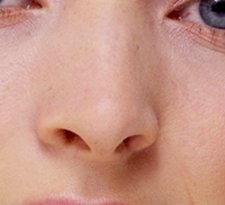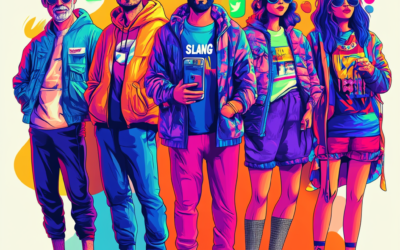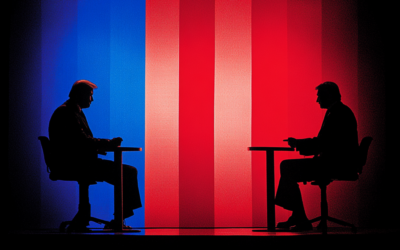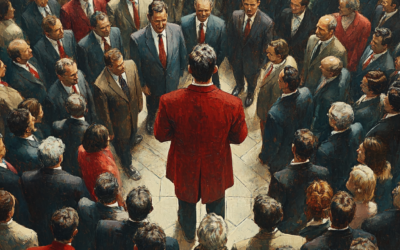 Scent is turning into the latest retail tool, particularly in the middle of difficult economic times. Anecdotally we know it works but what works? We know that the smell of freshly baked bread & freshly brewed coffee works when selling homes. We know the smell of leather works when selling cars. But what else?
Scent is turning into the latest retail tool, particularly in the middle of difficult economic times. Anecdotally we know it works but what works? We know that the smell of freshly baked bread & freshly brewed coffee works when selling homes. We know the smell of leather works when selling cars. But what else?
Gueguen & Petr did a study on food & scent to see which worked best in increasing sales. Logic would have suggested that food smells would have worked best but that’s actually not the case. They used a small pizzerria in France for the trial. One weekend they tried nothing (other than the smell of pizza obviously). The next they tried lemon, then lavender.
Lavender resulted in the highest sales, around 20% higher, but that appears to be largely because it resulted in the longest dwell time – 15% longer. When the extra dwell-time is discounted out the impact isn’t so great – unless of course your restaurant is fairly quiet and it doesn’t matter.
Lemon also resulted in increased sales but as it is an enlivening scent (rather than a relaxing one as lavender is), it didn’t increase dwell time.
Point is there’s no magic bullet when using scents. It all depends on what you’re trying to achieve and the context in which you will be using them.
Scent is potentially a valuable tool in retail. The olfactory gland, which registers smell, is linked to the limbic system which is important for memory & emotions. Smell can influence mood, memory, choice, immune systems & hormones.
A study by Mimi Morrin from Rutgers University showed that using the right scent can create a “flow state” where a person loses the normal sense of time and is totally consumed by the event – by up to several minutes. A study conducted for a Las Vegas casino on slot machine players showed that gambling revenue increased by 48% when scent was added to a test area. Another trial in a jewellery store showed a significant increase in browsing time when scent was introduced into the store. An ice-cream parlour in Orlando in a poor position invested in an aroma diffusion system which emanated the smell of waffle cones – their sales increased by 50%.When a vending machine company added chocolate smell to its vending machine, sales increased 300%.
Basically there are two different concepts here. One is to use whats called an “aroma billboard” which uses a scent directly related to your product. Its the same technique used by bakers & coffee shops. So a babywear store uses babypowder, around swimsuits you use lilac & coconut (a more relaxing combination) or lime & coconut (more enlivening).
The other way of handling it is to choose scents which have a more subtle psychological effect but are not so directly related to your product. Samsung for instance uses a scent with hints of green melon. Singapore Airlines uses lotus flowers & bamboo. Sony uses a combination of blood orange, vanilla & cedar. Matsuzakaya Department Store in Japan releases different scents through the day to match the natural highs & lows of the body.
The important thing is to understand what reaction people have to different scents, what it makes them feel & what space it takes them into. Then match that to your store. For example the smell of talcum powder makes people feel safe and nostalgic, while the smell of citrus and peppermint makes them feel alert. When people smell barbecue, they perceive the room that they’re in as being smaller, and apple and cucumber make them assume the room is bigger. The smell of leather and cedar make people want to buy expensive furniture, and the smell of tailored floral and citrus make people want to browse longer and spend more.



